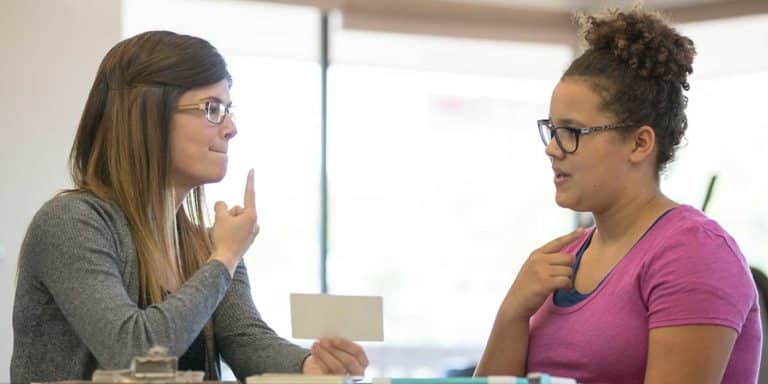Understanding Augmentative and Alternative Communication (AAC)
Augmentative and Alternative Communication (AAC) is an invaluable field that intersects technology, communication, and accessibility. It encompasses various methods of communication that can help people who are unable to use verbal speech to communicate effectively. In this blog, we will delve into what AAC is, explore its different types, and provide examples to illustrate its impact and importance.
What is Augmentative and Alternative Communication?
AAC refers to the methods and devices designed to aid communication for individuals with speech or language impairments. It serves as either an augmentation to existing speech or as an alternative method for those who cannot rely on speech. AAC can be a lifeline for individuals with conditions such as cerebral palsy, autism, stroke, or traumatic brain injuries.
Examples of AAC
- Symbol-Based Communication Boards: These boards display symbols or pictures. Users communicate by pointing to or gazing at these symbols.
- Speech-Generating Devices (SGDs): These electronic devices produce speech when a user selects symbols, letters, or words. Stephen Hawking, the renowned physicist, used an SGD.
- Sign Language: Although often considered separately, sign language is a form of AAC, providing a manual-visual language system for communication.
- Communication Apps: With the advent of smartphones and tablets, numerous apps have been developed that convert text or symbols into speech.
Types of AAC
AAC systems are broadly categorized into two types:
- Unaided Systems: These do not require external tools and rely on the user’s body. Examples include gestures, body language, and sign language. These are often the first step in AAC, especially for children.
- Aided Systems: Aided systems range from simple picture boards to sophisticated speech-generating devices. They can be further classified into:
- Low-tech AAC: Includes tools like picture boards or communication books. They are simple, inexpensive, and do not need batteries or electricity.
- High-tech AAC: These are electronic devices, like tablets with communication apps or specialized speech-generating devices, offering dynamic displays and customizable options.
Choosing the Right AAC
Selecting the right AAC system depends on various factors, including the individual’s motor skills, cognitive level, and communication needs. It’s essential to involve speech-language pathologists, occupational therapists, and other professionals in this process for a tailored approach.
The Impact of AAC
The use of AAC can profoundly impact an individual’s life. It enhances self-expression, fosters independence, and can significantly improve the quality of life. For children, it can play a crucial role in educational development and social interaction.
Challenges and Considerations
While AAC opens up communication channels, there are challenges. These include ensuring accessibility, training users and caregivers, and addressing the individualized needs of users. Furthermore, social acceptance and integrating AAC users into conversations are ongoing societal challenges.
The Future of AAC
The future of AAC is promising, with advancements in technology like AI, machine learning, and brain-computer interfaces paving the way for more intuitive and user-friendly communication methods.
Conclusion
AAC is more than just a set of tools; it’s a gateway to expression and connection for those who face communication challenges. Its importance cannot be overstated, and as technology advances, the potential for innovation in this field is limitless. Whether through simple gesture-based communication or sophisticated speech-generating devices, AAC empowers individuals, giving them a voice in a world where communication is key.
Contact Therapeutic Potential specialists or call us today at 941-758-3140 to learn more about our adult and pediatrics therapy program tailored to your specific communication needs.







